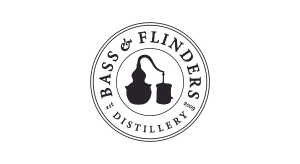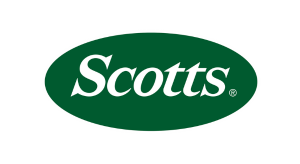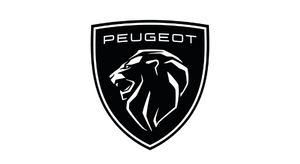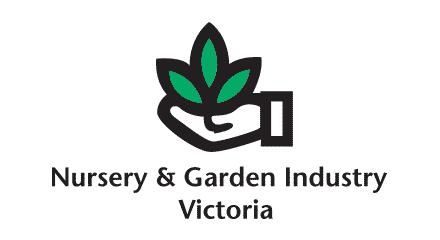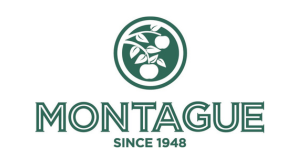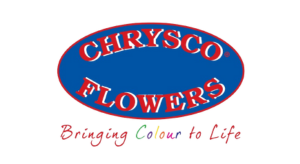Trend Alert – Pickling and Preserving

Just like the Europeans in the Middle Ages or the ancient Mesopotamians before them nearly 2,400 years ago, we all want and need to preserve food to enjoy later. We can do it ourselves at home or buy preserved products in shops.
Whether our reasons are to deal with abundance from our gardens, or to make provision for possible drought, famine or to take food on long voyages around the globe, preserving has a long history.
There are many ways to preserve vegetables, herbs and fruit and which method you choose largely depends on what it is that needs to be preserved.
Before you choose which method to use these basic rules apply to all.
Always choose the best-looking produce that is blemish free – making sure that your efforts are rewarded when used.
Wash what you are about to preserve – no matter if it was washed when it picked from the garden, make sure it is clean before preserving.
Ensure the containers that you use are not only clean but also sterilised.
Once you start the preserving process try to finish it in one go especially if the produce has been sliced.
Bottling or canning is the most familiar method and it involves sterilising the produce in containers under heat and pressure. Often it is possible to use just water in the containers without sugar or salt so the flavour is as close to “natural” rather than sweet or salty. Fruit such as apricots, pears, apples and tomatoes are wonderful to bottle and a huge range of vegetables too.
Salting is one of the oldest methods of preserving food and can be used for meat and fish as well as sliced vegetables and of course olives too. It is essential to refrigerate most produce after salting for safe keeping, but it’s not always the rule.
Drying produce dehydrates or removes all the water in produce and as a bonus, bacteria and mould that lives in the moisture too. The dying process concentrates the flavours and is particularly useful for many herbs, as well bananas, strawberries and figs and many vegetables. Dehydrated produce should be stored in airtight containers and often can be covered with oil.
Freezing produce keeps the freshness and flavour and colour in produce and it looks like it has just been picked. Blanching produce before freezing is often recommended if storing for long periods especially for beans, corn and most vegetables.
Pickling produce can be done with water, salt or vinegar and herbs and spices are sometimes added to enhance the pickling flavours. Olives, cucumbers, cabbage and dill-pickles are delicious and great to serve for grazing plates.
Fermentation is another method of preserving and the connection of grapes to wine and hops to beer we know. Most methods of preserving produce slows the process of decay but fermentation accelerates it.
Whichever method we choose for preserving it’s rewarding to eat out-of-season produce particularly when it’s been preserved by you. Taste, colour and flavour all preserved, how delicious.
Make sure to check out the Diggers Club at this years Melbourne International Flower & Garden Show to learn more about pickling and preserving.
Editorial contribution by Talei Kenyon – The Diggers Club

